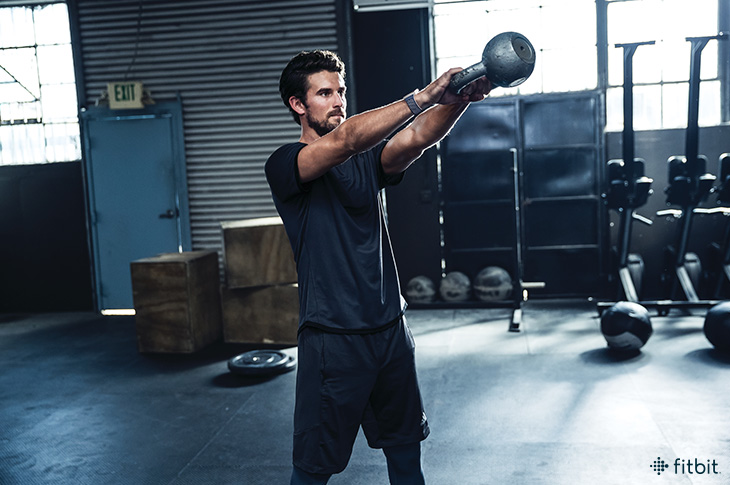On the surface, it might seem cardio is the best option for fat loss. After all, a 70 kg person can expect to burn 372 calories during a 30-minute run at a pace of 6 miles per hour, and only 223 calories during a vigorous 30-minute strength-training session. However, if you only gauge the effectiveness of strength training by the number of calories you can expect to burn during a single session, you’ll miss out on all the other fat-loss benefits strength training can offer.

REST
First, the more muscle you have, the higher your basal metabolic rate (BMR), or the number of calories your body burns at rest. According to a review in Medicine and Science in Sports and Exercise, your BMR eats up a whopping 60–75% of your total daily calorie burn. Here are some more numbers to know: A pound of muscle burns anywhere from 7–13 calories over a 24-hour period, whereas a pound of fat only burns between 2–5 calories over the same amount of time. So, if you can maintain or add muscle, you’ll increase the number of calories your body burns at rest, which can help you shed more fat.
AFTER BURN
In addition, you’ll likely burn more calories after a strength-training session than after a run or bike ride. Cardio doesn’t cause the same stress on the muscle as doing a heavy lift, and that stress causes more turnover in the muscle that then causes greater need for repair. This repair process uses more energy in the form of calories than a typical cardio session does. As a result, your post-workout calorie burn stays elevated for longer.
MUSCLE MASS
Strength training can also help prevent the loss of muscle that often happens when people cut calories for weight loss. Most of us lose some muscle mass as we lose fat mass. It’s simply a scientific fact. However, when your fat-loss program includes weight training, the muscle loss is minimal-to-none. Resistance training helped prevent almost 100% of muscle loss from caloric restriction in elderly obese individuals, while reducing fat mass to the same extent as caloric restriction alone.

Your best bet for fat loss will be to perform a combination of cardio and strength training. After all,overweight and obese adults who followed a 12-week cardio and resistance-training program lost more weight than those who only did cardio. Our recommends is a weekly schedule that looks something like this: strength training 3–4 times per week, cardio 2–3 times per week, active recovery (i.e., yoga, pilates, Walking) one day a week and resting one day a week. If you can, work with a certified fitness professional who can tailor your program to your current fitness level, goals and available time.There are many strength modalities to choose from, including bodyweight, weight machines, suspension trainers, free weights and Olympic lifting. Foran effective, fat-burning strength routine, we suggests choosing 8–10 exercises that hit multiple muscle groups (Think: squats, pushups, lunges, chest presses, rows, kettlebell swings and lat pull-downs) and performing a fast-moving circuit. Use a moderately heavy weight that you can lift for 12– 18 reps in 30 seconds and move right from one exercise to the next, limiting rest to no more than 20 seconds. Repeat the circuit as many as 7–10 times.

Exercise is that magic little pill everyone is looking for — you know, the one that makes you lose weight, boostsyour mood and generally improves your life. Weightlifting in particular can foster scores of benefits, both physical and emotional. Despite the vox populi that lifting weights makes you “bulk up” (it doesn’t, ladies), it can actually help you lose weight and slim down. Beyond the purely physical, lifting weights can improve your bone health and increase your metabolism, just to name a couple of benefits. For those curious about weightlifting but boggled with questions, I rounded up some of the most common questions about lifting weights that I hear as a personal trainer and CrossFit coach. By the end of this guide, I hope you’re ready to pick up some dumbbells (or a copule of wine bottles) and start building muscle. Sure thing! Lifting weights is a fantastic way to build muscle mass, get stronger and become healthier overall. But if dumbbells and barbells just aren’t your jam, you can certainly get fit with bodyweight workouts.
Any form of exercise can help you lose weight, weightlifting included – as long as you burn more calories than you consume each day, you’ll remain in a calorie deficit and lose weight.
